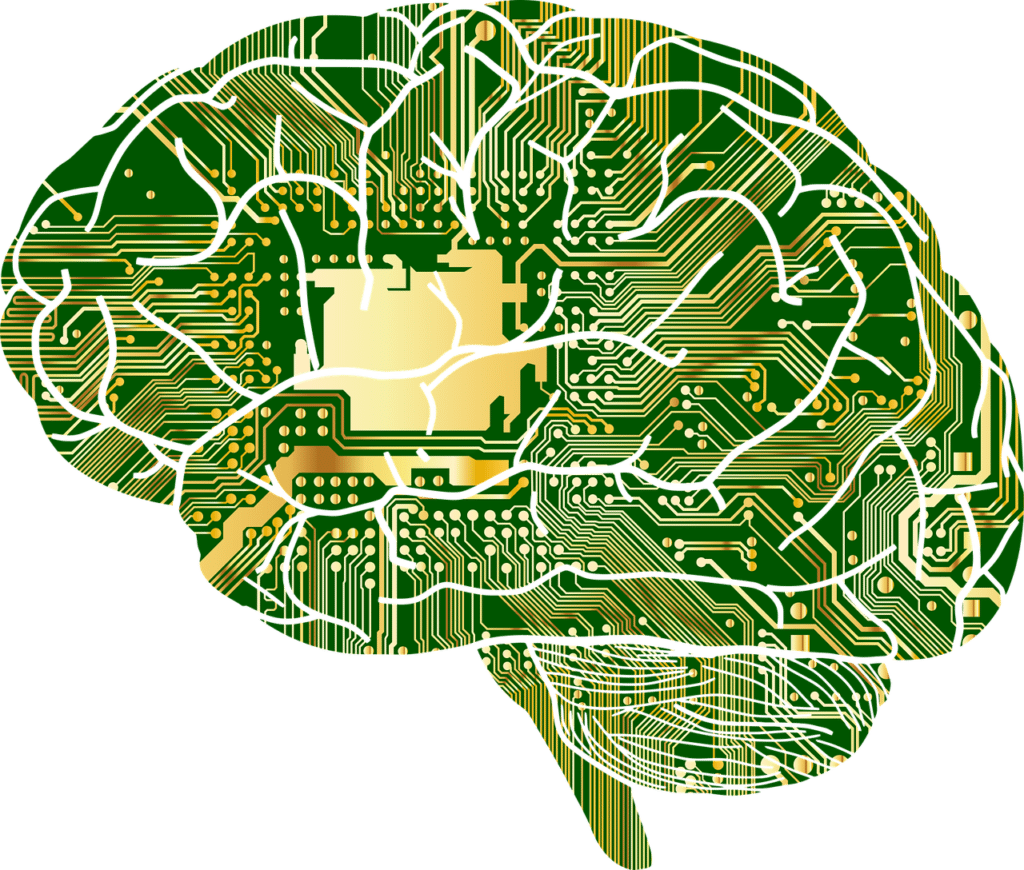Reducing or eliminating complexity and risk are critical issues in the IT industry, especially when it comes to emerging technologies. Doing so is important for both short and long term strategies since success often leads customers into trying on new offerings and becoming amenable to sales pitches.
That’s certainly been the case with IBM’s efforts around its Power solutions and technologies, including open sourcing its POWER processor architecture co-founding the OpenPOWER Foundation. As a result, OpenPOWER’s 300+ vendor and developer members are working to leverage Power across numerous new commercial enterprise and data center solutions.
Another example is IBM’s recently announced partnership with Continuum Analytics. The pair is collaborating to support Continuum’s Anaconda Open Data Science platform on IBM’s POWER-based Cognitive Systems and to integrate Anaconda with the PowerAI distribution for machine learning.
Power Evolution
What’s with all the attention on IBM POWER? Technically, the robust memory, throughput and other capabilities that make Power Systems mainstays for thousands of enterprise customers’ datacenter are highly complementary to machine and deep learning processes. Those same features have enabled IBM to capture and hold a massive competitive advantage in high-end server sales.
The company is also continually, proactively evolving POWER-based silicon and systems on its own and with the assistance of strategic hardware and software partners. PowerAI, for example, is deeply integrated with NVIDIA’s NVLink interface, enabling a CPU-to-GPU interface with NVIDIA’s Tesla Pascal P100 accelerators.
The resulting solution offers clients a significant boost in machine learning, deep learning and advanced analytics applications. Another recently announced effort, the OpenPOWER Machine Learning Work Group (OPMLWG) finds Canonical, Cineca, Google, Mellanox and other vendors collaborating to define frameworks for machine learning solutions using the IBM POWER architecture and OpenPOWER ecosystem technologies.
Anaconda: Squeezing a “goldmine” out of basic data
Now IBM is working with Continuum Analytics but to what end? Continuum’s Anaconda platform is designed to simplify package management and deployment processes in large-scale data processing, predictive analytics and scientific computing scenarios. Travis Oliphant, the company’s co-founder and chief data scientist, recently noted that Anaconda “Can identify patterns in data, uncover key insights and transform basic data into a goldmine of intelligence.”
Capabilities like those have helped drive widespread interest in Anaconda among developers and data scientists to the tune of 16 million downloads of the platform to date. Offering Anaconda on IBM’s POWER-based Cognitive Systems and integrating it with PowerAI will enable developers to access and explore PowerAI Platform libraries, and deploy them on Anaconda Enterprise.
Final analysis
Narratives about evolution tend to focus on “dramatic ah ha” moments and giant leaps ahead. But evolutionary advancement typically advances more subtly, with small yet significant and sustainable steps forward.
Such progress is clear in IBM’s efforts around POWER. The company continues to move ahead on its own, as it has in developing upcoming next gen POWER9 processors and solutions. But it is also progressing with the enthusiastic assistance of numerous partners, including the 300+ current members of the OpenPOWER Foundation.
This new partnership with is a more pointed effort that should benefit both companies. However, it should also substantially enhance IBM’s Cognitive Systems and Continuum’ Analytics’ Anaconda Open Data Science platform.
Most important of all, the effort should also help grow interest in machine learning, deep learning and cognitive solution development among businesses and other organizations working with IBM and Continuum. We often open doors today to allow or encourage opportunities tomorrow. That is clearly one of the goals IBM and Continuum hope to achieve together.
- Dell Concept Luna – Inspiring Sustainable Innovations with Circular Design - December 21, 2023
- AI Alliance: IBM, Meta, Dell and 50+ Founding Partners Pursue Open, Transparent and Safe AI Innovation - December 13, 2023
- Dell Technologies: Creative Partnering = GenAI Innovation - November 30, 2023




Comments are closed.